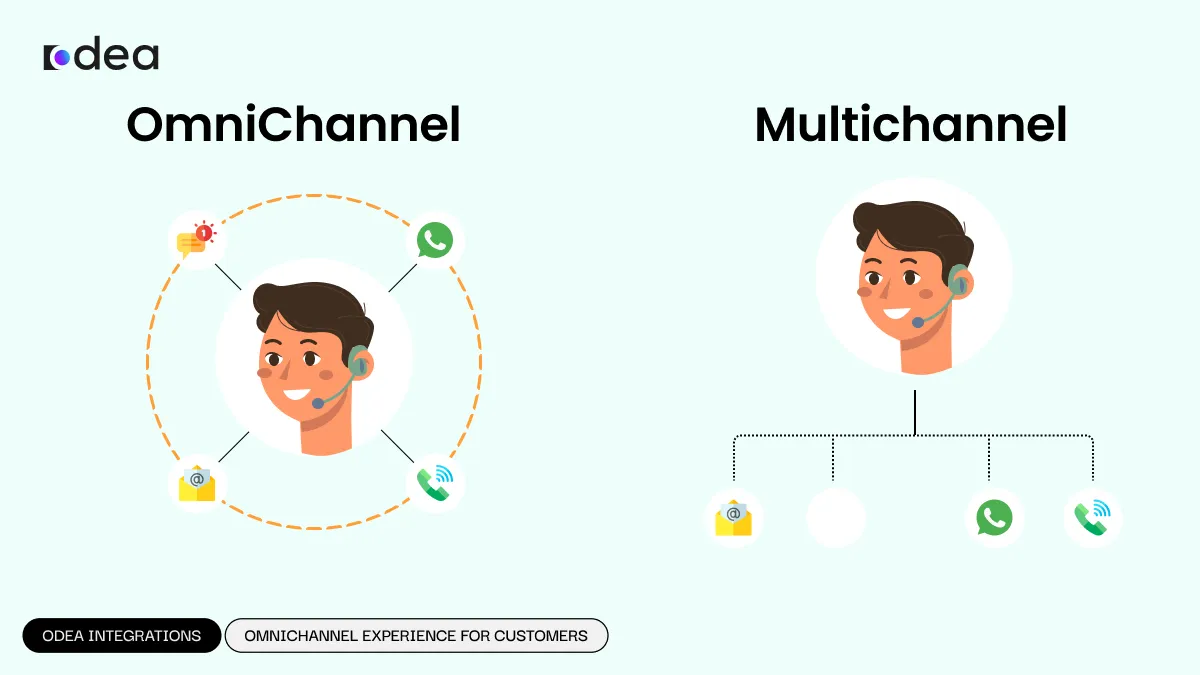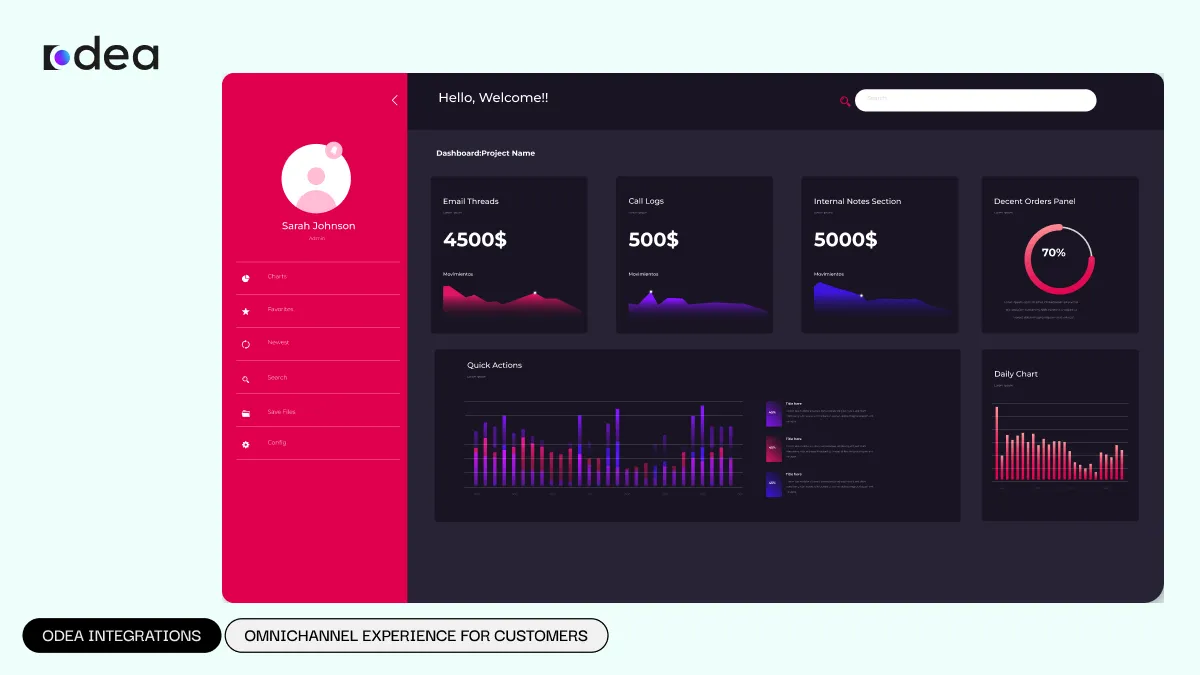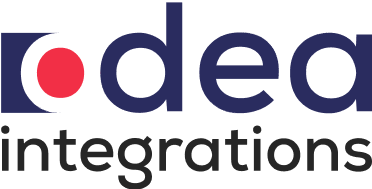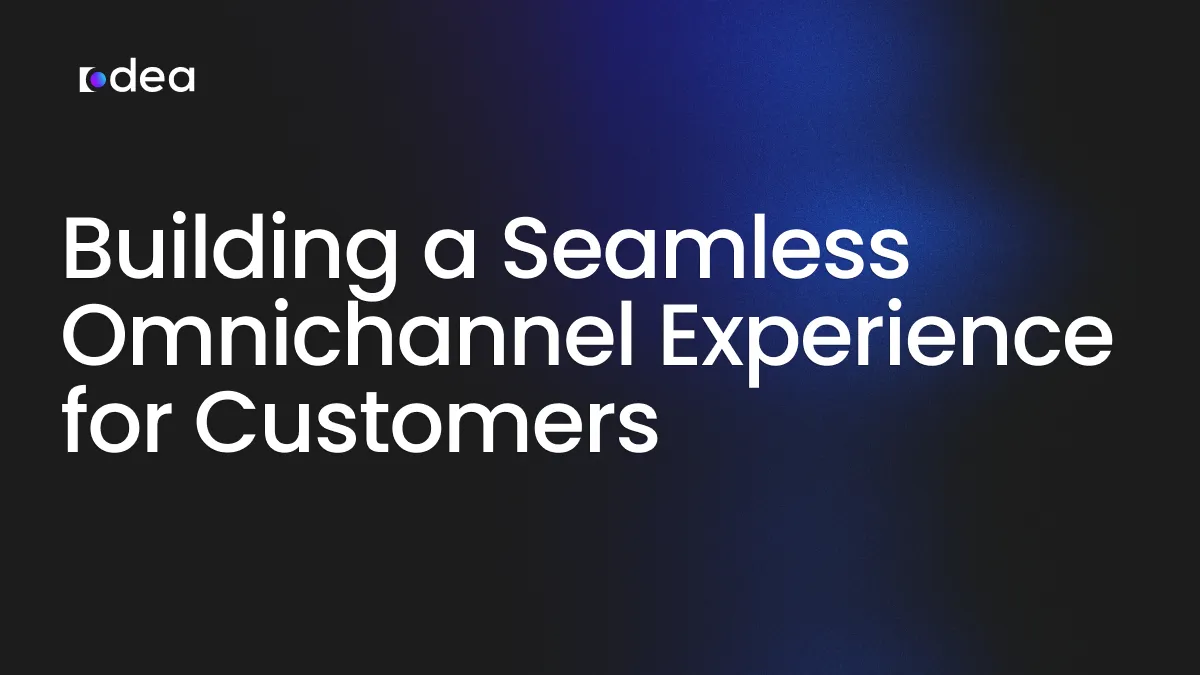Seamless omnichannel customer experience is no longer a luxury—it is what today’s customers expect. They don’t care which channel they’re using. They just want answers—fast, personal, and smooth. Whether they start on live chat, follow up on email, or switch to a phone call, the journey should feel like one continuous conversation.
But here’s the truth: most businesses still struggle to connect the dots. They offer multiple channels, but behind the scenes? It’s messy. Agents lack visibility, customers repeat themselves, and frustration grows. That’s where a truly seamless omnichannel strategy flips the game. It brings every touchpoint together, syncing tools, data, and people—so support feels intuitive, not fragmented.
The real winners? Businesses that invest in smart, connected experiences—and partners like Odea Integration who know how to make it happen. Let’s break down what seamless omnichannel really means, why it matters, and how your business can lead the way.
Omnichannel vs. Multichannel: What’s the Real Difference?
Let’s break it down simply:
- Multichannel = Multiple channels, but disconnected
- Omnichannel = Multiple channels, fully integrated
Multichannel strategies provide customers with different ways to connect, but they often lead to disconnected experiences. For example, a customer might explain an issue via email, only to have to repeat themselves when they follow up through live chat.
On the other hand, omnichannel solutions eliminate this repetition. Customers don’t have to “start over” each time they switch channels. Agents have access to a unified record, and service becomes fluid, responsive, and human. This kind of continuity isn’t a luxury anymore—it’s an expectation.
For more on how omnichannel strategies can improve customer experiences, read our detailed article on AI and Automation in Insurance Contact Centers.

Why It Matters: The Real Benefits of a Unified CX Journey
Creating a seamless omnichannel experience doesn’t just benefit your customers—it can transform your business. Here’s how:
- Customer Satisfaction: Customers enjoy quicker, more personalized service. They no longer feel like just another ticket—they feel seen and understood.
With solutions like Omni Agent 360, agents can access a comprehensive customer profile across all touchpoints, allowing them to provide a truly personalized and faster response. - Increased Loyalty: Brands that remember customer preferences and handle inquiries smoothly foster trust and loyalty. Satisfied customers are more likely to return and refer others.
By integrating all communication channels into one system, such as Omni Agent 360, companies can create a cohesive experience that not only addresses current needs but anticipates future ones. - Operational Efficiency: When agents aren’t wasting time jumping between systems or searching for past interactions, productivity skyrockets.
Omni Agent 360 offers a single interface for agents, eliminating the need to switch between platforms, leading to faster resolution times and higher efficiency in handling customer queries. - Stronger Insights: Unified data means clearer, more actionable analytics. Companies can track the full customer journey and identify areas for improvement.
With Omni Agent 360, all interactions—whether they happen via chat, email, phone, or social media—are centralized, providing comprehensive insights into customer behavior and service performance. - Scalability: As your business grows, omnichannel platforms grow with you. Adding new channels or workflows becomes effortless when everything is already connected.
Omni Agent 360 allows businesses to scale seamlessly by integrating new communication channels without disrupting the flow of customer interactions.
In short, omnichannel doesn’t just enhance the experience—it strengthens your brand’s ability to compete, adapt, and scale.
By leveraging tools like Omni Agent 360, businesses can ensure that they remain agile, responsive, and deeply connected with their customers at every touchpoint.
For more information on how Omni Agent 360 can elevate your customer experience, visit: Omni Agent 360.
Real-World Examples: How Omnichannel Works in Action
Many industries are already seeing the value of omnichannel strategies. Here’s how it works in practice:
- Retail & E-commerce: A customer starts browsing a product on a mobile app, adds it to their cart on a desktop, receives a discount code via Instagram DM, and completes the purchase after asking a quick question on WhatsApp. All interactions are tracked in one system, ensuring consistency.
- Healthcare: A patient schedules an appointment through a chatbot, receives an SMS reminder, joins a video consultation, and follows up via email. The entire journey is tracked in a single integrated system, allowing staff to deliver timely and personalized care.
- Financial Services: A client opens a support ticket via secure email, gets follow-up through live chat, and finalizes a transaction over the phone—while maintaining regulatory compliance and full context.
- Travel & Hospitality: A guest modifies their hotel reservation via a self-service portal, confirms by phone, and receives real-time flight updates via SMS. Every interaction is synchronized, offering a premium experience.
In 2025, AI-powered cloud contact centers are expected to further enhance these omnichannel strategies in travel and hospitality. According to recent insights from Odea Integration, the travel industry is seeing significant benefits from AI-driven systems that streamline customer interactions.
By integrating AI, cloud-based solutions can help provide personalized recommendations, faster responses, and smoother service across channels, ensuring that each guest’s experience is both seamless and tailored to their needs.
These scenarios aren’t just futuristic ideas—they’re what customers expect now.
Key Tools and Components for Building Omnichannel Success
To implement a truly seamless omnichannel experience, businesses must invest in the right technology. Here’s what’s essential:
1- Omnichannel Customer Experience Platform
A centralized platform that manages all customer interactions—across voice and digital channels—is the backbone of an omnichannel strategy.
2- Unified Omnichannel Communications
Your communication suite should include:
- Voice (VoIP)
- Live Chat
- SMS
- Social Channels (e.g., Facebook, Instagram, WhatsApp)
All should be accessible from a single interface—a “single pane of glass”—to streamline agent workflows.
3- CRM Integration
A connected CRM ensures agents can view customer profiles, interaction histories, preferences, and past tickets in real-time, enabling faster, more relevant support.
4- Intelligent Routing
AI-powered routing automatically directs customer inquiries to the right agent or department based on factors like language, urgency, or customer type. This reduces wait times and boosts resolution rates.
5- Automation & AI
AI-driven chatbots and voice bots can resolve common issues instantly or escalate when necessary. They also assist with sentiment analysis, churn prediction, and performance monitoring.
Together, these tools allow businesses to deliver a smart, seamless customer experience at scale.

Common Pitfalls and Myths to Avoid
Shifting to omnichannel comes with challenges. Here are some common misconceptions and mistakes to watch out for:
- “We already have multiple channels, so we’re omnichannel.”
Simply having several communication channels doesn’t make you omnichannel. True omnichannel service requires those channels to work together and share data in real-time.
- Tech Stack Overload
Many businesses add disconnected tools to their tech stack, creating more complexity than cohesion. This often leads to longer resolution times and frustrated teams.
- Budget Concerns
Some companies think omnichannel solutions are too expensive. However, modern, scalable cloud platforms—like those from Odea Integration—offer flexible pricing to fit your specific needs.
- Employee Burnout
Constantly switching between systems can drain agent energy. A unified system improves morale, accelerates workflows, and allows teams to focus on meaningful customer interactions.
Understanding these challenges is the first step to overcoming them and setting your team up for omnichannel success.
How Odea Integration Supports Seamless CX
At Odea Integration, we specialize in creating intelligent, scalable CX ecosystems tailored to each business’s needs. Here’s how we help you thrive in the omnichannel era:
- Smart System Integration
Whether you’re using Salesforce, Zendesk, HubSpot, or custom-built CRMs, we integrate your tools with leading cloud communication platforms—ensuring all touchpoints are connected and optimized.
- Tailored Routing & Workflow Design
We build workflows that match your actual business operations. From complex IVR trees to chat prioritization, every element is designed to enhance efficiency and user satisfaction.
- Real-Time Analytics & Reporting
Our solutions include dashboards offering a 360-degree view of customer behavior and agent performance, so you can make data-driven decisions.
- Training & Continuous Support
Technology is just part of the solution. We train your team, offer ongoing support, and provide strategic check-ins to ensure your CX system evolves with your business.
With Odea, you’re not just adopting new tools—you’re embracing a smarter, more human way to serve your customers.
Conclusion
In today’s digital-first world, customers don’t think in terms of channels—they think in terms of experiences. They expect speed, consistency, personalization, and, above all, effortless service.
If your support journey is fragmented, it’s time to rethink your strategy. Omnichannel isn’t just a tech upgrade—it’s a complete transformation in how you connect with people.
At Odea Integration, we help businesses move from reactive support to proactive experience design. With the right tools, strategy, and a reliable partner, you can turn service into a true competitive advantage.
Download our free guide to start building your seamless omnichannel journey today.
Book a personalized strategy call with our experts.
Visit our knowledge base to explore how your business can lead in CX.
Because seamless isn’t just a feature—it’s the future.





